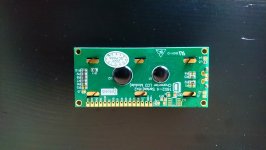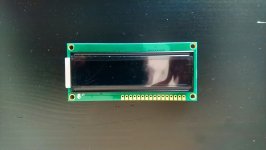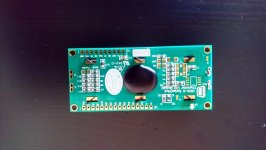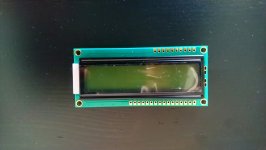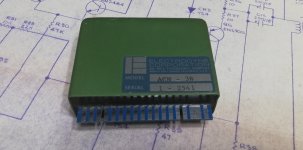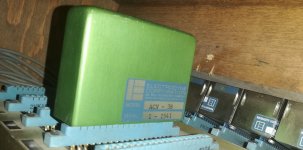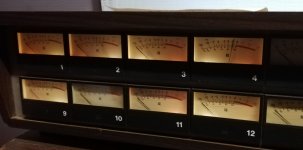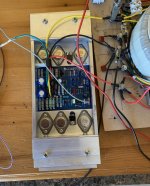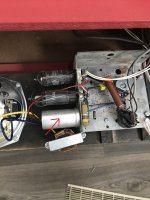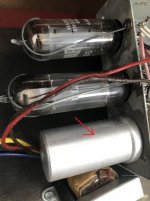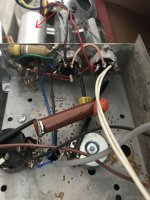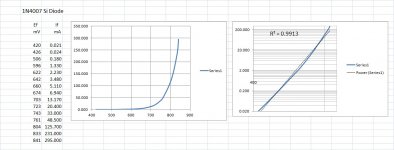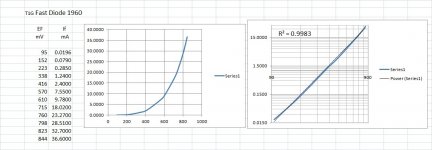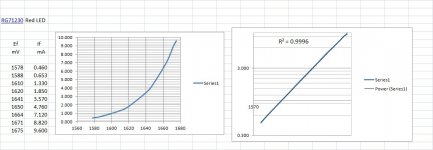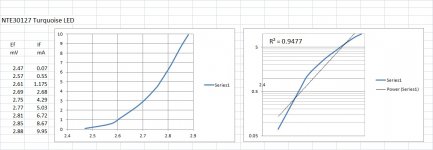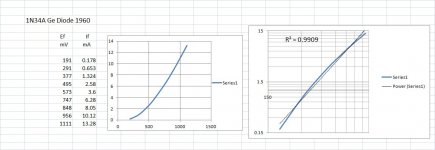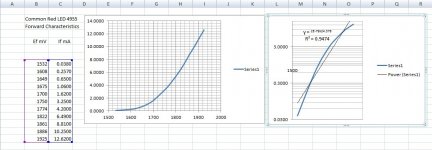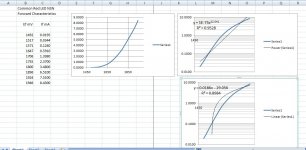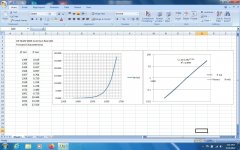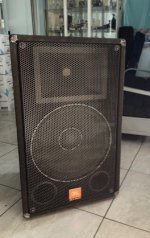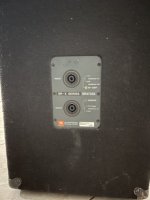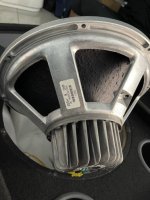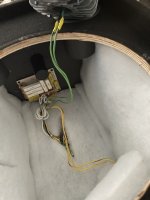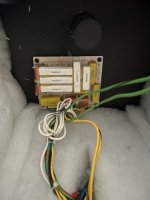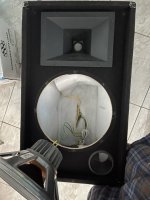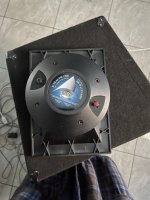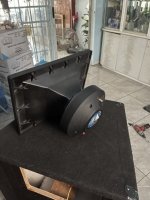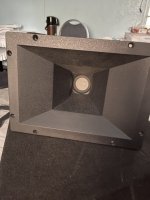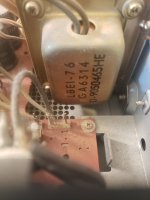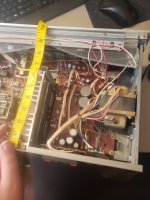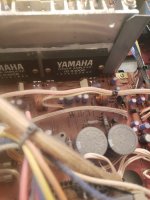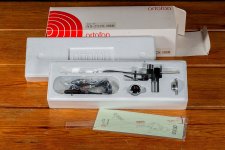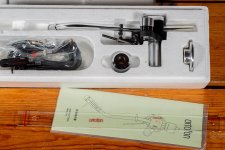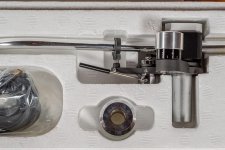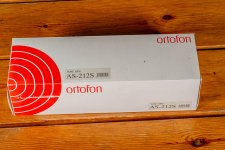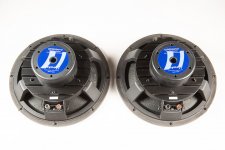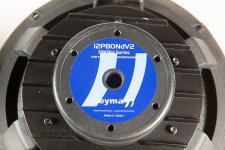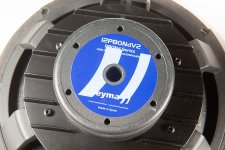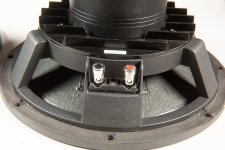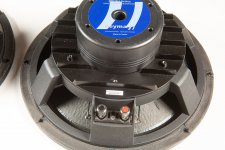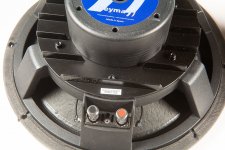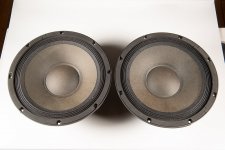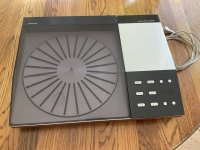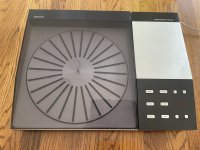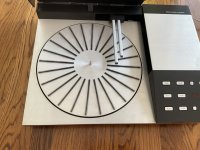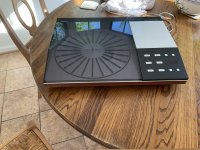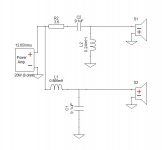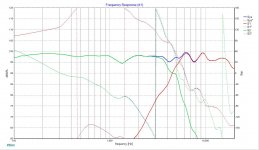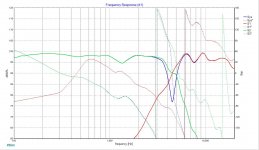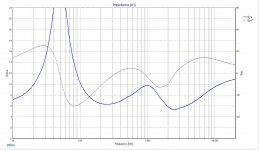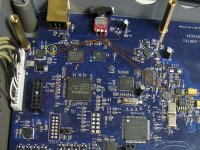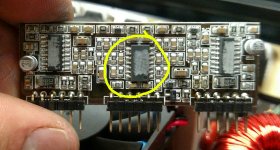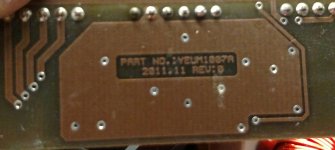Mechanical vibration on new filament transformer
- By sidn28790
- Tubes / Valves
- 14 Replies
Just received some new parts as follows. I have 2 of each (for monoblocks) and thus am able to swap to see if a specific part is the issue.
The filament transformer (4V for an Aa tube) + 2A LC filament supply works as designed. spot on. no problems.
However, filament transformer (20V for GM 70 tube) + 3A LC filament supply produces a significant mechanical hum/vibration from the filament transformer. The GM70 tube is drawing 2.88A current (spec is 3A). The GM70 is measuring 19Vdc (spec is 19-20Vdc). So, I swapped transformers. Still same issue. I swapped LC filament supply. Still same issue. I swapped tubes. Same issue.
Then, instead of using the 3A LC, I tried a Coleman V9 regulator. This worked fine. Just a slight mechanical hum from the filament transformers, but nothing worth discussing. So, it appears that the LC is causing the filament transformer to hum, yet the transformer is rated for 3A. Any thoughts on this?
Here is the LC design:

FYI: Once I get the filament transformer mechanical hum problem fixed, I will be adding another choke. This will give a nicely supplied LCL. I am comparing the LCL to the LC + Coleman solution. Should be fun once the mechanical hum is fixed.
Custom Monolith Magnetics Filament Transformer with multiple secondaries
2A Intact Audio LC filament supply (made for multiple tubes with filament current < 2A)
3A Intact Audio LC filament supply (made specifically for GM70)
The filament transformer (4V for an Aa tube) + 2A LC filament supply works as designed. spot on. no problems.
However, filament transformer (20V for GM 70 tube) + 3A LC filament supply produces a significant mechanical hum/vibration from the filament transformer. The GM70 tube is drawing 2.88A current (spec is 3A). The GM70 is measuring 19Vdc (spec is 19-20Vdc). So, I swapped transformers. Still same issue. I swapped LC filament supply. Still same issue. I swapped tubes. Same issue.
Then, instead of using the 3A LC, I tried a Coleman V9 regulator. This worked fine. Just a slight mechanical hum from the filament transformers, but nothing worth discussing. So, it appears that the LC is causing the filament transformer to hum, yet the transformer is rated for 3A. Any thoughts on this?
Here is the LC design:
FYI: Once I get the filament transformer mechanical hum problem fixed, I will be adding another choke. This will give a nicely supplied LCL. I am comparing the LCL to the LC + Coleman solution. Should be fun once the mechanical hum is fixed.
